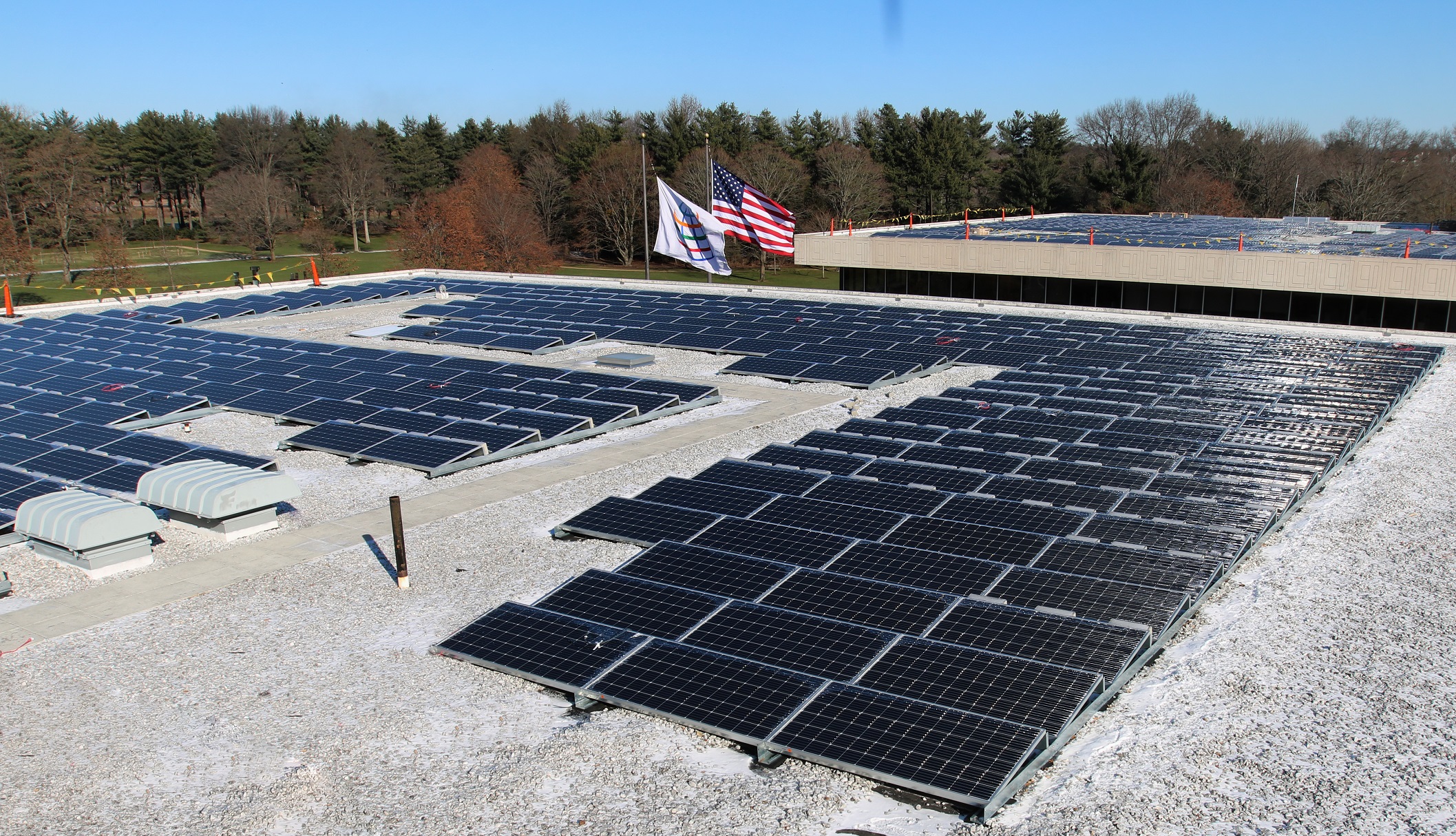Introduction: U.S. Household Finances Under Pressure
As interest rates climb, U.S. households—comprised of middle-income earners, first-time buyers, and young families—are facing a critical turning point in managing loans and debt.
Higher mortgage, auto, and credit-card rates are reshaping how households borrow, consolidate, and pay down debt.
Consequently, Americans are exploring new strategies such as refinancing, fixed-rate swaps, cautious amortization, and purpose-driven home equity use.
So, how exactly are households adapting—and which strategies are emerging successful? Let’s dive in.
1. Why Interest Rates Matter to U.S. Households
🏡 Mortgages and Homebuying Squeeze
- The average 30-year mortgage rate has inched up to ~6.8% in mid‑2025—well above pandemic-era 2–3% lows
- As of July 17, 2025, it remains just under 7% ﹘ pricing out many buyers
- Harvard’s Joint Center: median home price reached ~$441,700, pushing median monthly payments to ~$2,570—straining household budgets
🚗 Car Loans and Credit Cards Follow Suit
- Auto loan interest rates have also surged, contributing to a rise in 60+ day delinquencies—the highest since the 1990s
- Credit-card APRs remain elevated, and federal rate cuts have not translated into relief for borrowers
🎓 Student Loans & HELOCs Affected Too
- Student loan delinquency is rising: ~7.74% now 90+ days past due vs. <1% pre‑2025
- HELOCs (variable-rate loans) become riskier as higher rates compound
2. Impact on U.S. Household Borrowing Patterns
🔄 Refinance Wave Slows, Fixed Rates Dominate
- Fixed-rate debt (mortgages, auto loans) now makes up most household borrowing
- While refinancing boomed in 2020–2021, now only 6–7% rate drops trigger refinancing The Mortgage Reports.
📉 Household Debt Growth and Quality
- U.S. household debt hit $18.20 trillion in Q1 2025—a $167 billion (0.9%) increase Federal Reserve Bank of New York.
- Mortgage balances grew by $199 billion to $12.8 trillion by March 2025
- However, debt service ratio and delinquencies remain moderate
3. New Loan Strategies for Household Budgeting
✅ A. Fixed-Rate vs. Variable-Rate Loans
- Many are switching from variable to fixed-rate mortgages or HELOCs.
- Adjustable-rate mortgages (ARMs) risk higher monthly payments during rate hikes
- Fixed rates allow better budgeting predictability.
✅ B. Refinancing and Rate Locks
- Households are actively watching for rate dips to refinance.
- Even a 0.25% drop can incentivize action despite origination fees.
- Extra payments and lump-sum payoffs are being used to shorten terms.
✅ C. Debt Consolidation & Snowball Approach
- Families are moving high-interest credit-card debt into lower-rate installment loans.
- Structure: pay off smallest debts first, then roll into the next (“snowball”).
- Lower rates on revolving credit lighten monthly burdens and preserve credit access.
✅ D. Strategic HELOC Usage
- Households tap into home equity for debt consolidation or financing life events.
- However, carefully ensuring equity remains and payments manageable under variable rates is crucial
✅ E. Tightening Household Budgets
- With mortgage and debt costs up, households are reducing discretionary spending.
- Measures include downsizing, delaying large purchases, increasing savings buffers.
- Less nutritious inflation perceptions—3.0% short‑term household inflation—encouraging caution

4. Voices & Experts on Household Debt
“Consumers haven’t felt relief yet… mortgage, auto, credit-card rates remain high despite three cuts.” MarketWatch
“Mortgage affordability is crumbling—nearly a year’s income for a median home and monthly payments are 35% of income.”
“Fed maintains wait-and-see on further cuts; households must cope with current costs.” – Powell
“BRRR!” warns CEO Bill Pulte—the housing supply is locked due to high rates, hurting new buyers
5. Famous Names in the Discussion
- Jerome Powell – Federal Reserve Chair, resisting rapid rate cuts
- Donald Trump – Pressuring Fed for lower rates, calling Powell a “numbskull” The Guardian.
- Bill Pulte – FHFA head, advocating cuts to loosen mortgage market
- Head of Moody’s, Mark Zandi – Warns rising rates threaten housing sector MarketWatch.
6. Stats at a Glance
- 30-year mortgage rate: ~6.75–6.8% in mid-2025
- Home affordability: median price $441,738; payments ~$2,570/month
- Household debt: $18.20 trillion total in Q1 2025
- Student-loan delinquencies: 7.74% are 90+ days late
- Consumer sentiment: Michigan index at 57.0; remains historically low
- Inflation expectations: stable at 3.0% short-term
7. FAQs for U.S. Households
Q1: Should I refinance now?
Refinance if a rate drop of 0.5–1% outweighs loan fees. Consider amortization term and break-even point.
Q2: Are ARMs safe now?
ARMs carry risk if rates climb. Prefer fixed-rate unless expecting a drop.
Q3: Is HELOC a good safety net?
Yes for disciplined borrowers, but variable rates can inflate payments when rates rise.
Q4: How can households cut costs?
Tighten budgets, delay big purchases, explore low-rate consolidations, and tap equity carefully.
Q5: When will rates come down?
Fed signaled possible cuts later in 2025—rate relief may be gradual and modest
8. Key Takeaways
- Rising rates mean higher borrowing costs across mortgages, auto, credit, and HELOCs.
- Household debt remains large but manageable; service ratios are near historic norms.
- Smart strategies include fixed-rate borrowing, timely refinancing, debt consolidation, and cautious equity use.
- Market stress is growing: housing affordability shrinks, consumer sentiment dips.
- Policy shifts may bring future relief, but households must act now to shield budgets.
9. High-End Resource Links
- 🏦 Federal Reserve’s household borrowing data – Q1 2025
- 📊 Harvard Joint Center on Housing affordability Manistee News Advocate
- 🧠 Moody’s Mark Zandi on housing market risks MarketWatch
- 💡 FHFA Bill Pulte urges action on rates
- 🔎 Consumer sentiment overview (Michigan index)
Conclusion
Amid rising rates, U.S. households are adapting by restructuring debt, refinancing smartly, and rethinking loan mix. Strategies centered on stability—fixed rates, consolidation, cautious equity—are helping families buffer financial impact.
With potential Fed rate cuts on the horizon, the time is now to prepare and reassess. For U.S. households, loan strategy in 2025 is a blend of discipline, agility, and foresight.




